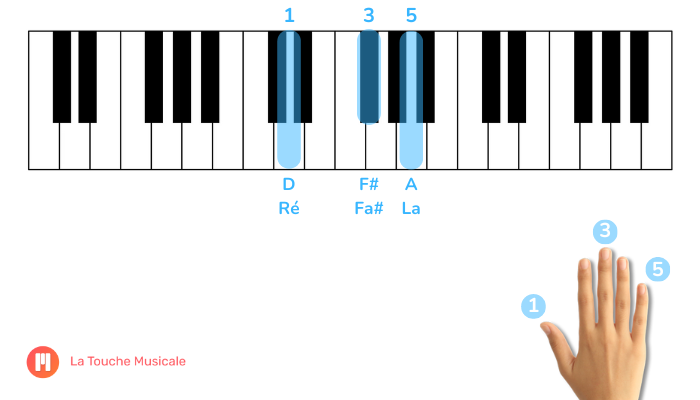
The D major chord offers clarity and optimism to the compositions that use it. Formed from the combination of the notes D, F# and A, it offers a bright, assertive sound, appreciated in many musical genres, from classical to rock. This chord evokes feelings of joy, making any musical work welcoming.
In this article, we’ll learn how to play the notes and two inversions of the D major chord on the piano, with diagrams, illustrations and tutorial videos. At the end of the article, you’ll also find some examples of popular songs using the D major chord.
Learn chords and more with the La Touche Musicale app
The D major chord is an essential musical harmony composed of three notes: D as the root, F# as the major third, and A as the fifth. This structure creates the rich, bright sound characteristic of major chords. Used in an impressive variety of musical pieces, it crosses epochs and styles, offering musicians and audiences alike an auditory experience full of dynamism and luminosity. Its ease of integration into chord progressions makes it a favorite choice for composers seeking to energize their works.
A – Fifth finger (5)
F♯ – Third finger (3)
D – First finger (1)


A – First finger (1)
F♯ – Second finger (2)
D – Fifth finger (5)
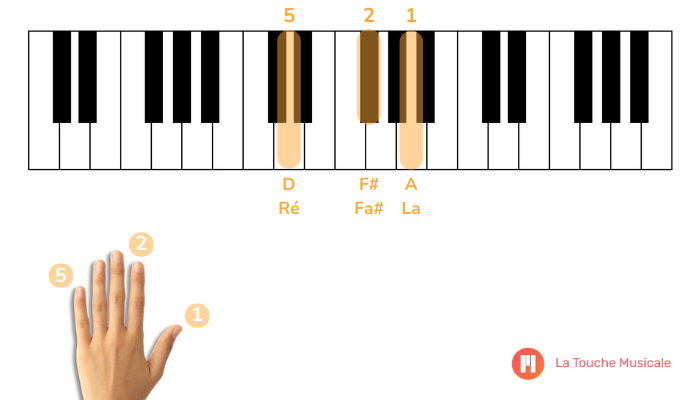

Learn chords and more with the La Touche Musicale app
D – Fifth finger (5)
A – Second finger (2)
F♯ – First finger (1)
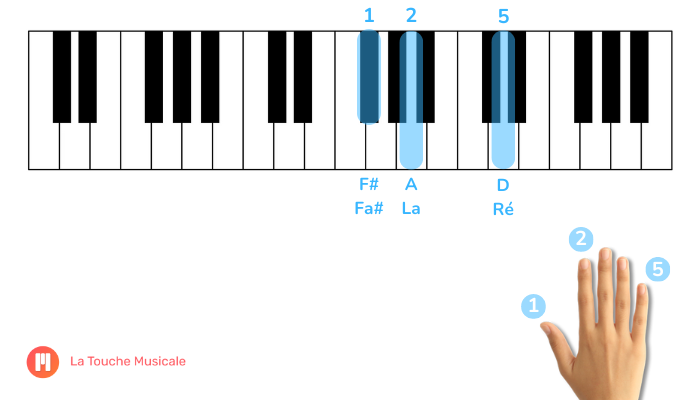

D – First finger (1)
A – Third finger (3)
F♯ – Fifth finger (5)
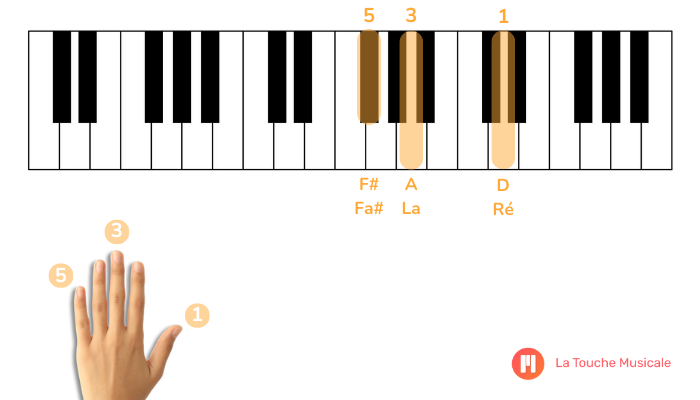

F♯ – Fifth finger (5)
D – Third finger (3)
A – First finger (1)


F♯ – First finger (1)
D – Third finger (3)
A – Fifth finger (5)


Learn chords and more with the La Touche Musicale app
To master this chord, we recommend practicing several exercises a week. If you’re diligent, you’ll improve very quickly and be able to integrate the D major chord easily into your compositions and performances after just a few weeks. You can also use our interactive piano learning app to help you progress more quickly.
Here are a few exercises to help you make progress with this particular chord:
Although primarily known for its memorable electric guitar riffs, this legendary song incorporates the D major chord into its harmonic structure, contributing to its energy and rock vibe.
This track uses the D major chord in its musical progression. Its catchy rhythm and melody make it a perfect example of the luminous effect this chord can bring to a musical composition.
Primarily based on acoustic guitar chords, Wonderwall effectively incorporates the D major chord, contributing to the song’s rich texture and emotional character. It’s a striking example of the use of this chord in alternative rock music.
The D major chord occupies a special place in the musical universe, offering compositions a luminosity and energy beyond measure. Its presence in many popular songs across all genres underlines its versatility and universal appeal to composers and performers alike.
We hope you’ve found this article helpful in integrating this chord into all your compositions. Don’t forget to repeat the above-mentioned exercises frequently to gain agility and ease in your playing.
You can also use our interactive app to help you practice this chord and many others on your favorite songs.
It’s a triad made up of a root note, a third and a fifth.
A – Fifth finger (5)
F♯ – Third finger (3)
D – First finger (1)
D – Fifth finger (5)
A – Second finger (2)
F♯ – First finger (1)
F♯ – Fifth finger (5)
D – Third finger (3)
A – First finger (1)
La Touche Musicale is a popular app specialized in piano learning. You can register for free and learn to play your favorite songs with this chord and many others.
You can use our La Touche Musicale app or browse our blog category to learn how to play all the popular piano chords.
Help democratize piano learning by sharing this article:
Learn to play all the chords to your favorite songs on the piano




La Touche Musicale offers powerful AI apps to help you learn, play, and transcribe music effortlessly. Discover them below.
Ideal for: solo piano

Transcribe your piano pieces to sheet music with unrivalled precision.
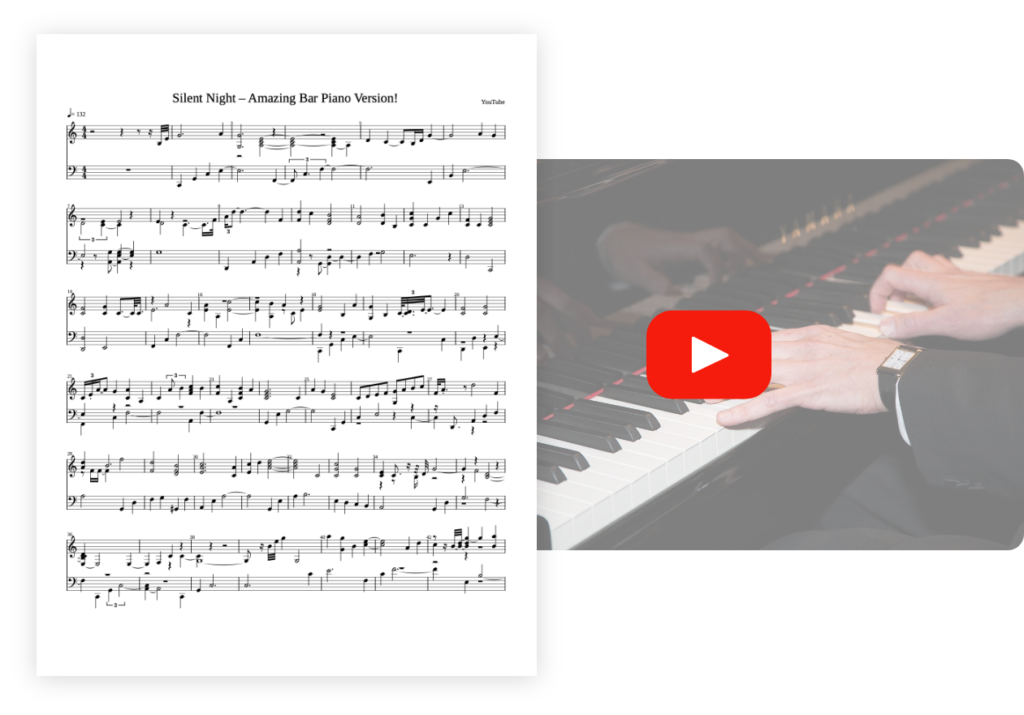
Ideal for: solo guitar

Transcribe your guitar tunes into tablature with unrivalled precision.
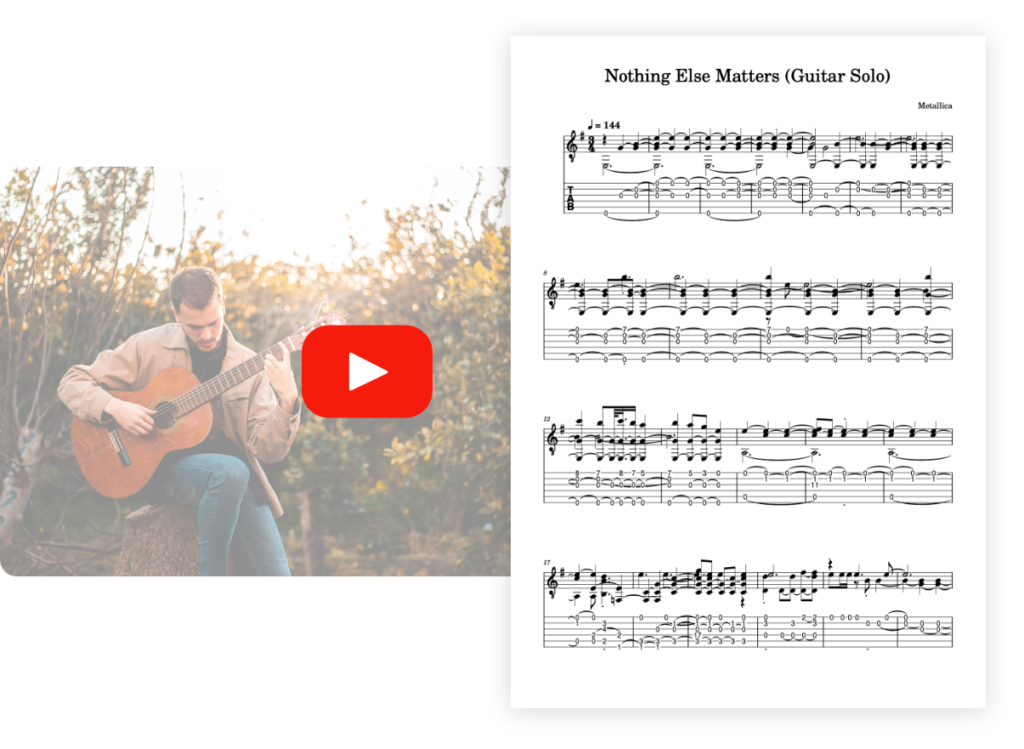
Ideal for: solo vocals

Transcribe your vocal recordings into sheet music with unrivalled precision.
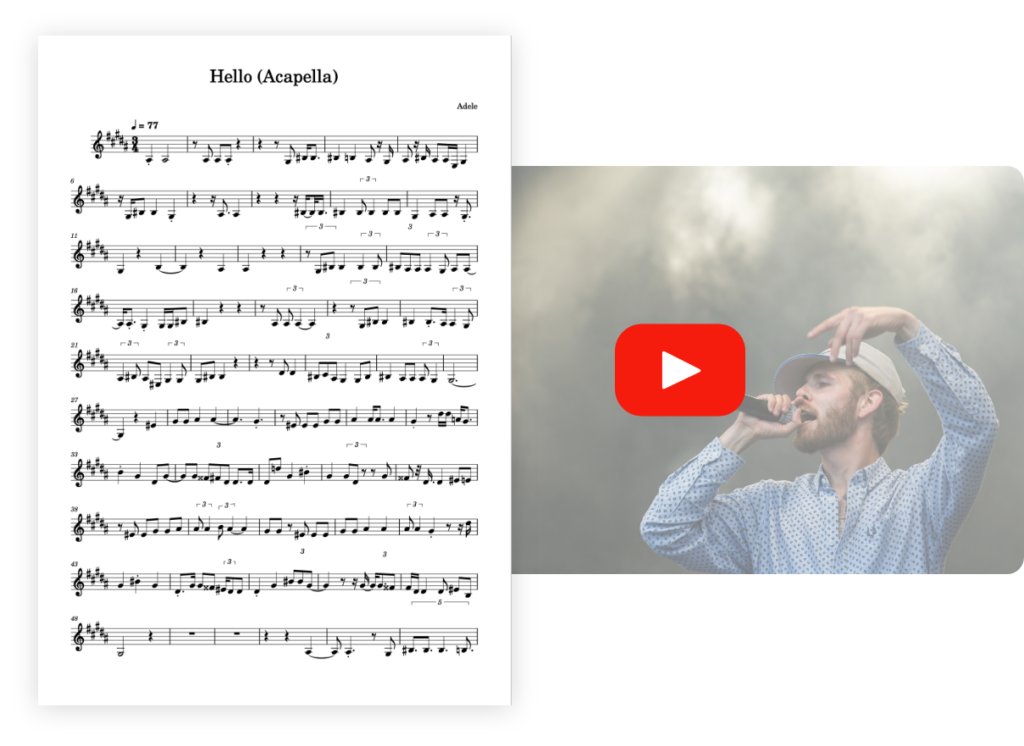
Ideal for: multi-instruments

Transcribe your multi-instrument tracks into sheet music with unrivalled precision.
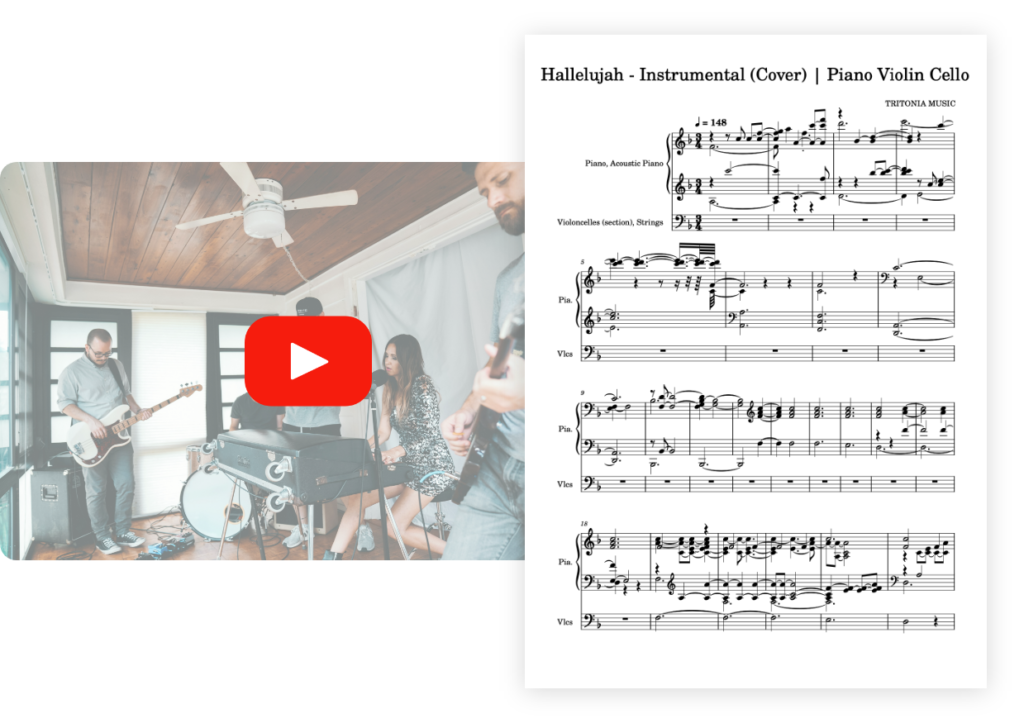
Ideal for: solo drums

Transcribe your drum tracks into sheet music with unrivalled precision.

Ideal for: solo violin

Transcribe your violin pieces into sheet music with unrivalled precision.
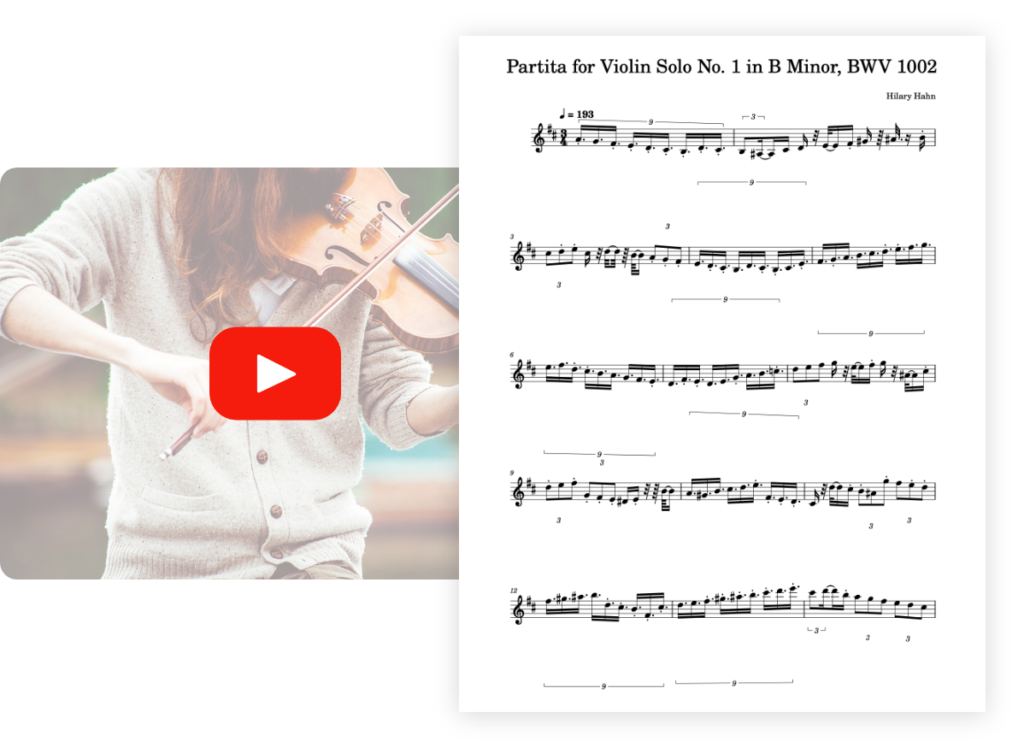
Optimized for: solo saxophone 🎷

Transcribe your saxophone pieces into sheet music with unrivaled precision.

Optimized for : solo flute 🪈

Transcribe your flute pieces into sheet music with unrivaled precision.
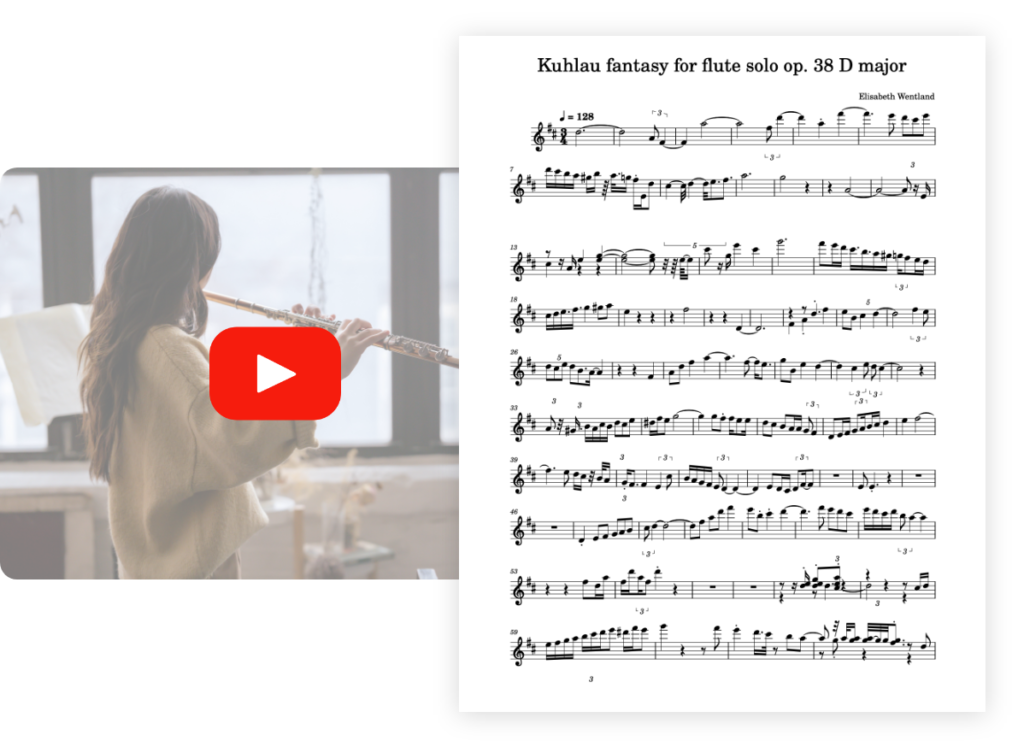
Optimized for : solo bass 🪕

Transcribe your bass pieces into sheet music with unrivaled precision.
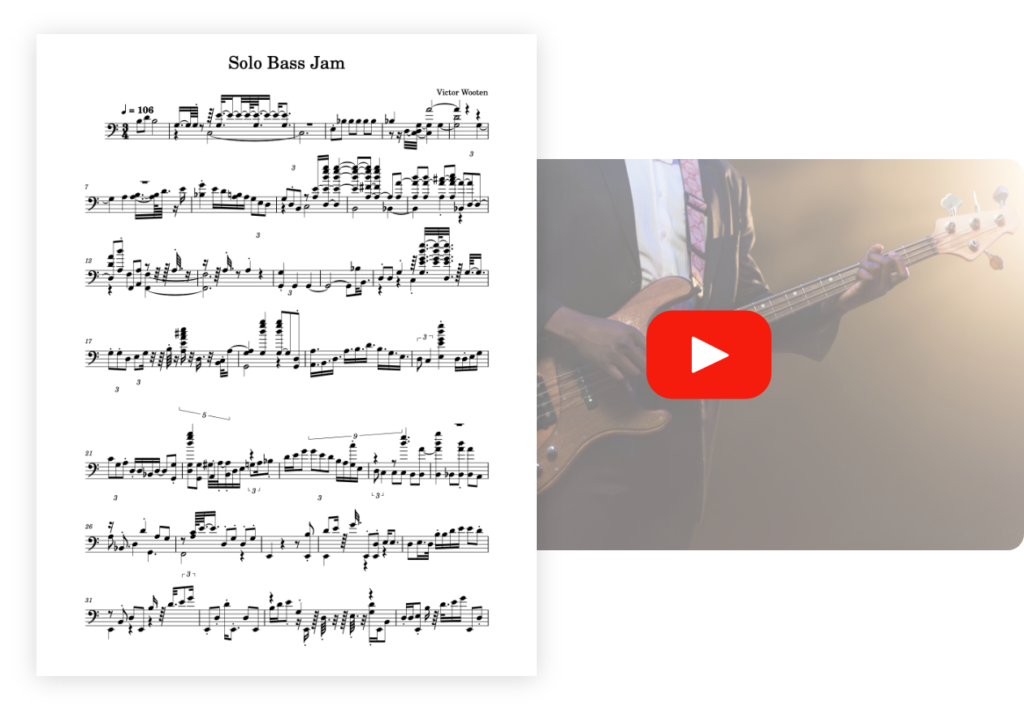
PianoGo lets you learn to play over 3,000 songs easily on the piano.
